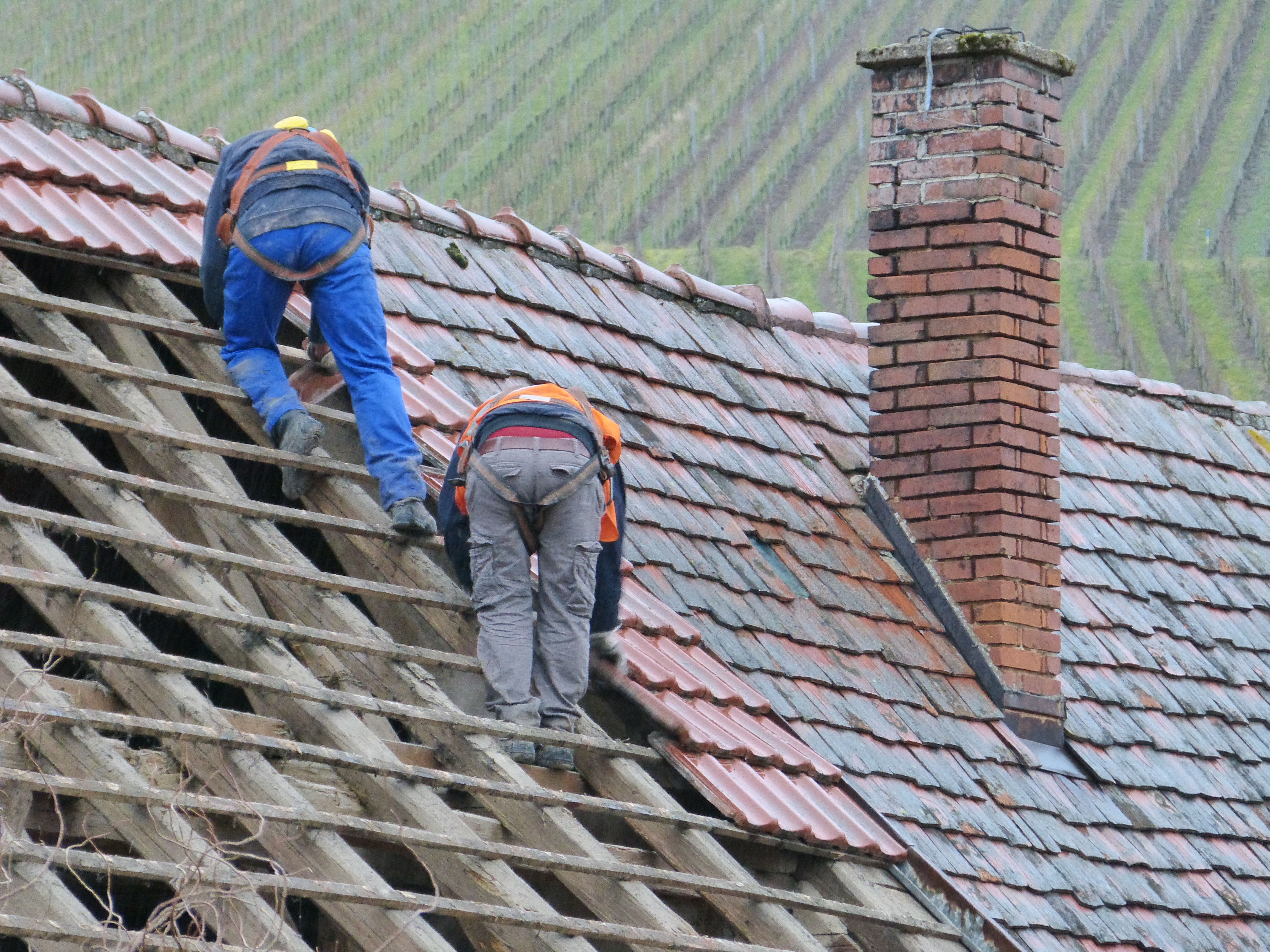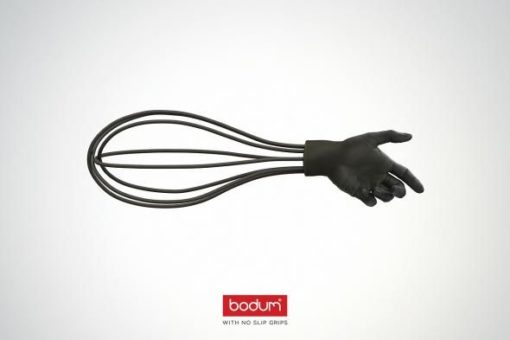
The winter is coming, and you are preparing your home for that season. And among all parts of the house, the chimney is usually the most neglected one. Many house owners think that as long as the fireplace can produce heat, then there is no problem in the system. However, the chimney problem is like a time bomb. You will not notice it until it is too late.
Furthermore, many owners often prefer to take matters into their own hands. They do not realize that the deposits and debris in the chimney can hurt them. Besides, if you do not know the proper way to inspect the chimney’s condition, things can get messy, and the inspection will be fruitless because you cannot spot the broken parts.
Here are some reasons why you should be better to call a professional sweep than to do a do-it-yourself inspection.
You May Suffocate
You need to clean your house’s chimney from the inside. And without proper equipment, you can suffocate yourself. Professional sweeps even wear a protective suit complete with the gas mask to prevent any contacts with the hazardous materials in the chimney.
They also bring an air pump to make sure there is oxygen flowing through the structure. Unless you can afford such a procedure, you must omit the idea of maintaining the chimney by yourself.
You May Experience Allergic Reaction
The debris inside the chimney is more than oil and condensed toxic chemicals. If you have not used the furnace for a long time, then you may have some animals and insects lurking there. Wasps, bees, birds, and bats are known for their habit of nesting in unused chimneys.
The danger with wasps and bees is obvious. You should watch out for their stings. However, people often undermine bats or birds living in their chimneys. The animals may not be harmful to humans as they tend to avoid contacts, but the poop (also called guano) can cause respiratory infection if inhaled.
The Structure May Collapse
Chimney soots are measured in three levels of severity. The first one is the easiest to clean, and you can scrape it quickly with a scraping tool. The second-degree soot sticks to the fireplace’s structure, and they are harder to eliminate than the first one. The third-degree creosote buildups merge with the inner structure completely. You may not remove them without damaging the flue liners and affecting the structural strength of the chimney. You should never attempt to remove the buildups by yourself once they reach level two.


